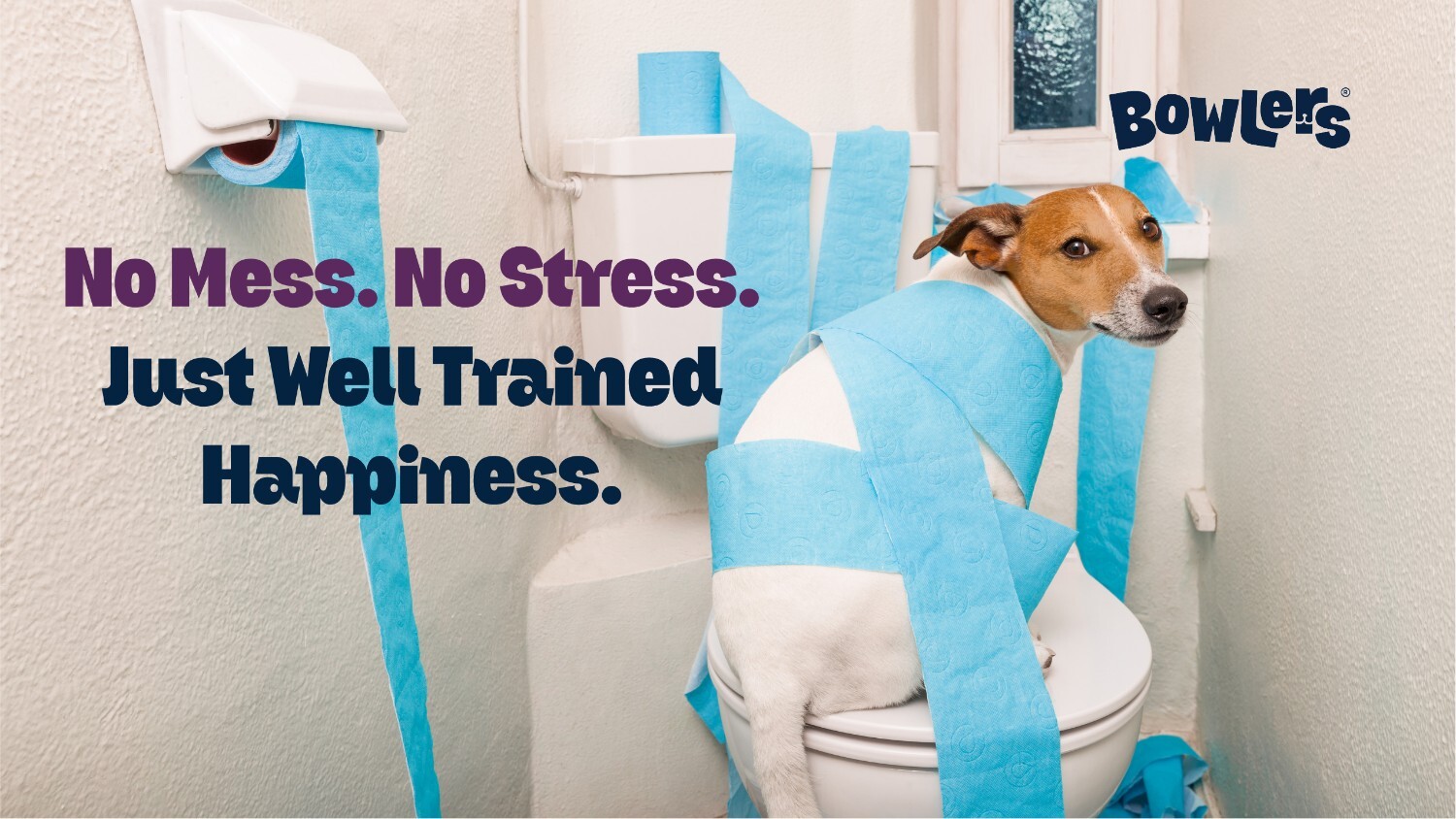How to Dog Proof Your Home Room by Room

Table of contents
- 1. Why dog-proofing your home matters
- 2. Living room: the common ground of comfort and curiosity
- 3. Kitchen: the danger zone of tempting smells
- 4. Bedroom: your dog’s second home
- 5. Bathroom: the overlooked hazard zone
- 6. Balcony and stairs: preventing falls and accidents
- 7. Garage and outdoor area: hidden risks beyond the door
- 8. Ongoing safety: maintenance and observation
- Final thoughts: building a safe haven for your dog
- FAQs on Dog Home Safety
Welcoming a dog into your home brings warmth, excitement, and a whole new kind of energy to your space. Along with all that joy comes responsibility, and keeping your pet safe is a big part of that.
Whether you are a first-time pet parent or a seasoned dog lover, learning how to dog-proof your home room by room is one of the best ways to protect your furry family member.
A safe home starts with awareness. Just like nutrition affects a dog’s internal health, the environment you create at home influences their well-being. Walk through each part of your house with these practical tips to make it dog-friendly, comfortable, and free of hidden hazards.
1. Why dog-proofing your home matters
Dogs are naturally curious and often explore with their mouths and paws. From chewing cables to rummaging through bins, their playful behavior can sometimes lead to dangerous situations.
By focusing on dog home safety, you are not only protecting your pet, you are creating an environment where they can explore more freely and with less risk. Dog-proofing also reduces the chance of emergency vet visits that result from preventable accidents.
👉 Read more in the pillar guide: Home Safety Tips to Keep Your Dog Safe Indoors and Outdoors
2. Living room: the common ground of comfort and curiosity
The living room is where most dogs hang out, nap, and play. At the same time, it can contain many everyday hazards.
Dog-proofing tips for the living room
- Hide electrical cords. Use cable covers or cord organizers to prevent chewing.
See the related guide: Electrical Cord and Appliance Safety for Dogs. - Secure decorative items. Keep fragile or small decor out of reach. Dogs can knock them over or swallow small parts.
- Avoid toxic plants. Common houseplants such as aloe vera and lilies are poisonous.
Read more in Common Household Items That Are Toxic to Dogs. - Choose pet-friendly furniture. Opt for washable fabrics and avoid recliners or chairs with pinch points where tails might get caught.
- Cover sharp corners. Use edge protectors on low furniture to prevent injuries during active play.
3. Kitchen: the danger zone of tempting smells
The kitchen smells great to dogs, but it is also where many toxic foods and dangerous items are stored.
Dog-proofing tips for the kitchen
- Secure the trash can. Invest in a lidded or dog-proof bin, or keep the bin inside a closed cabinet.
- Store food safely. Keep human foods such as chocolate, grapes, onions, and garlic out of reach.
- Lock away cleaning products. Keep detergents and surface cleaners on high shelves or behind child locks.
- Never leave hot stoves unattended. A wagging tail can knock over a pot or pan.
- Watch for small objects. Rubber bands, bottle caps, and plastic wrap are choking hazards.
Tip: A tidy kitchen is safer and it also prevents food theft.
4. Bedroom: your dog’s second home
Bedrooms often feel safe, but they can hide small threats that pets find irresistible.
Dog-proofing tips for the bedroom
- Keep laundry off the floor. Socks and shoes are frequent chewing targets and can cause blockages if swallowed.
- Avoid essential oils and scented candles. Oils such as eucalyptus and tea tree are toxic for dogs.
- Hide jewelry and hair accessories. Small items can be swallowed.
- Secure electrical cords near the bed. Use clips or organizers to keep cords tucked away.
Designate a cozy bed or corner so your dog has a secure, calming space to rest.
5. Bathroom: the overlooked hazard zone
The bathroom contains many products that are dangerous if licked or swallowed.
Dog-proofing tips for the bathroom
- Keep toilet lids closed. Dogs may drink from the bowl and risk exposure to cleaning chemicals.
- Store medicines safely. Human medications can be lethal even in small doses. Keep them locked away.
- Move cleaning agents to high cabinets. Bleach, disinfectants, and some soaps can irritate skin and upset the stomach.
- Keep trash bins covered. Dispose of razors, cotton swabs, and tissues in a secure bin.
6. Balcony and stairs: preventing falls and accidents
If you have balconies or staircases, these areas deserve special attention.
(👉 Related read: Preventing Accidents with Stairs and Balconies for Dogs)
Dog-proofing tips for balconies and stairs
- Install pet gates. Use baby or pet gates at the top and bottom of stairs to prevent unsupervised climbing.
- Add non-slip mats. Slippery stairs are dangerous for small or senior dogs.
- Check balcony railings. Make sure gaps are narrow enough so your dog cannot slip through.
- Avoid leaving dogs unattended on balconies. Even small dogs can attempt risky jumps when they are excited.
7. Garage and outdoor area: hidden risks beyond the door
The garage contains many substances and tools that are hazardous to dogs.
Dog-proofing tips for the garage
- Store chemicals safely. Paints, fertilizers, antifreeze, and pest control sprays are toxic.
- Keep tools locked away. Store sharp objects and power tools in locked cabinets.
- Avoid small parts. Screws, nails, and rubber gaskets can become choking hazards.
If you have a backyard, see How to Create a Safe Backyard for Dogs to Play for more outdoor safety advice.
8. Ongoing safety: maintenance and observation
Dog-proofing is not a one-time job; it is a habit.
- Inspect regularly. Check your home for new hazards after parties, renovations, or seasonal changes.
- Teach key commands. Train your dog with commands like “Leave it” and “Stay” to prevent mishaps.
- Keep emergency contacts handy. Have your vet and an emergency clinic’s number easily accessible.
Also, support safety from within. Feeding a balanced, vet-approved diet helps your dog stay healthy and alert. Bowlers Dog Food is formulated with wholesome ingredients to support energy, immunity, and overall wellness.
Final thoughts: building a safe haven for your dog
Creating a pet-safe home takes attention, small changes, and consistent habits. Start with basic steps such as hiding cords, securing cabinets, and fencing your yard. Gradually expand your checks and maintain the routines that keep hazards at bay.
Your home should be a place of comfort, love, and security. By applying these dog-proofing measures room by room, you will create a safer, happier environment for both you and your dog.
FAQs on Dog Home Safety
1. How do I start dog-proofing my home?
Walk through your home at your dog’s eye level. Look for loose cords, small objects, or open bins and secure them one by one.
2. What rooms should I prioritize?
Begin with the living room and the kitchen, since these areas typically contain the most hazards such as cords, food, and cleaning supplies.
3. Are houseplants dangerous for dogs?
Yes. Plants such as lilies, aloe vera, and ivy can be toxic. Check whether a plant is pet-safe before bringing it home.
4. How often should I recheck my home for safety?
Do a quick safety sweep monthly or after any major changes. Puppies and growing dogs often develop new behaviors that reveal new risks.
5. What is the role of diet in overall dog safety?
A balanced diet, like Bowlers Dog Food, supports immunity, digestion, and energy. A healthy dog is less likely to develop behaviours that lead to accidents.


